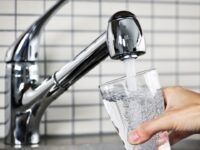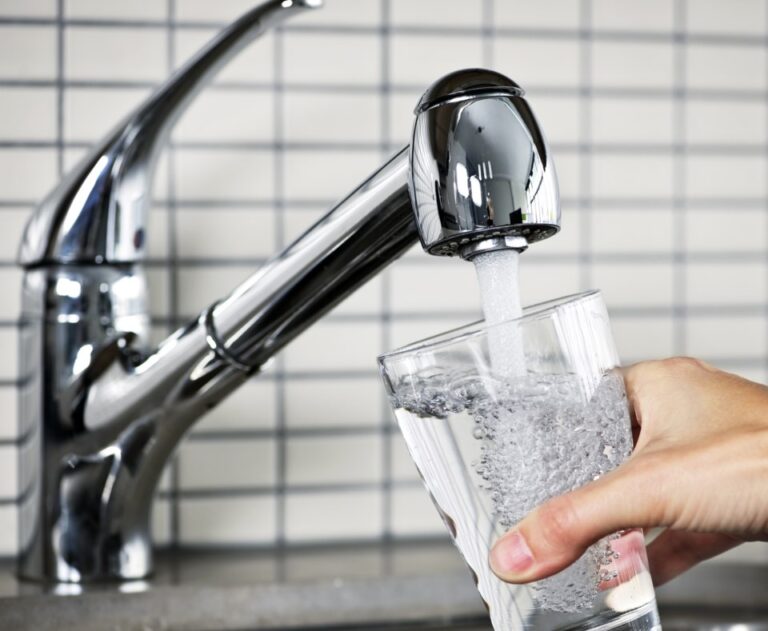Is Your Bottled Water Just Tap Water? Unveiling the Truth Behind Popular Brands
Bottled water is often marketed as a pristine and safer alternative to tap water. However, a study by the Environmental Working Group (EWG) has uncovered that approximately 64% of bottled water sold in the United States is actually sourced from municipal tap water . This revelation raises concerns about the transparency and quality of bottled water brands.
Key Findings from the EWG Study
Contaminants in Bottled Water
The EWG’s investigation into 10 popular bottled water brands revealed an average of eight different contaminants per brand. These included substances like caffeine, acetaminophen, fertilizers, solvents, and plastic-derived chemicals. Notably, Walmart’s Sam’s Choice and Giant Food’s Acadia brands exhibited particularly high levels of contamination, with some exceeding California’s bottled water quality standards .
Lack of Transparency
The study assessed brands based on three criteria: disclosure of water source, purification methods, and public availability of water quality test results. Most brands failed to provide this essential information. Only Gerber Pure Purified Water, Nestle Pure Life Purified Water, and Penta Ultra-Purified Water met all transparency standards.
Brands Sourcing from Tap Water
Several well-known bottled water brands source their water from municipal supplies:
-
Aquafina: Sourced from public water systems across various states.
-
Dasani: Utilizes municipal water systems in multiple states.
-
Nestle Pure Life: Obtains water from both wells and municipal sources.
-
Lifewtr: Sources water from municipal supplies .
-
Kirkland (Costco): Produced by Niagara Bottling LLC, which uses tap water among other sources.
Regulatory Disparities: Bottled vs. Tap Water
Contrary to popular belief, bottled water is not necessarily subject to stricter regulations than tap water. The Food and Drug Administration (FDA) oversees bottled water, but it is not required to be safer than tap water. In contrast, the Environmental Protection Agency (EPA) enforces rigorous standards for municipal tap water under the Safe Drinking Water Act, including frequent testing and public reporting.
Environmental and Health Considerations
Beyond regulatory concerns, bottled water poses environmental challenges. The production and disposal of plastic bottles contribute to pollution and resource depletion. Additionally, studies have found microplastics in 93% of bottled water samples worldwide, raising potential health risks.
Recommendations for Consumers
Given these findings, consumers are advised to:
-
Opt for filtered tap water: It’s often safer, more economical, and environmentally friendly.
-
Research bottled water brands: Choose brands that disclose their water sources, purification methods, and provide water quality reports.
-
Be cautious of marketing claims: Don’t assume bottled water is superior to tap water without evidence.
By staying informed and making conscious choices, consumers can ensure they’re not only protecting their health but also contributing to environmental sustainability.


















